Swedish rye bread is an absolute tradition in my family- a deep, molasses-enriched, mixed grain rye bread that stands at the top of its class.
This recipe ranks alongside New Mexican Style Red Chile Sauce and Loaded Oatmeal Triple Chip Cookies in terms of recipes so iconic in my family, they may as well be synonymous with our name. We simply refer to it as “rye bread” and it is the favored bread of several members of the team. Without fail, we make three loaves around Thanksgiving and then another three around Christmas. And then a smattering throughout the year.
Posting this Swedish rye bread recipe also marks the inception of my newest kitchen gadget: the scale. This is a very useful thing to me. I don’t have bakers instincts, and leaving something as exacting as the science of baking to the inexactness of American volume measurements rarely turns out in my favor. (Looking at you, “cups”) So with that in mind, I have endeavored to include gram measurements as well as American measurements in this recipe, and probably many of the ones going forward. Most especially baking recipes.
So how does this bread stack up to other rye breads you may be familiar with? How do Jewish rye bread vs. Swedish rye bread compare? Many (although not all) Jewish rye breads have a sour element to them such as sourdough starter or pickle juice that this Swedish rye bread lacks. Additionally, the ratio of white flour to rye flour is weighed much more heavily toward white flour than rye flour in Swedish rye bread. This means that it is actually less rye-y than many other rye breads you may be familiar with. (But the balance is that the molasses- and especially the blackstrap molasses- adds a deep and delicious flavor unique to this bread.) It has a tight crumb and is fairly dense and sturdy in its final result.
Most of these ingredients should look familiar with the possible exception of one: unsulphured blackstrap molasses. Blackstrap molasses is molasses that has been further refined: it’s darker, saltier, less sweet and more bitter. Serious Eats did a great write-up about it here. Blackstrap molasses is, of course, available all over the internet, but depending on your location, it may be tough to find locally. Here in Colorado, I get mine at Natural Grocers as I can’t seem to find it in most major grocery stores. If you don’t live in a molasses-rich area, such as the American south, try your local health food store!
But to add to that, a key part of that description is “unsulphured”. There’s a great write-up on MyRecipes about the difference between unsulphured and sulphured molasses here. he long and short is that unsulphured blackstrap molasses is made from more mature sugarcane. This results in a much richer and deeper flavor. It’s thicker, sweeter, and really makes a big difference in the taste. If you absolutely can’t find any, you may substitute an equivalent amount of regular molasses – but you will be missing out a little!
I’d also like to add, on a personal note, that one of the quirks of this bread is that it doesn’t toast particularly well. I’m sure there is a bread scientist out there who can explain why this is – I am not that person. It becomes dry and almost dusty and I don’t necessarily recommend. But! It makes a damn fine sandwich bread, a great base (untoasted!) for Creamed Eggs on Toast, and the basis for my mom’s favorite breakfast- Swedish rye bread and Swedish Gravy. (LINK)
Looking for other exceptional Swedish recipes? Check out my Swedish Pancakes, Swedish Meatballs (LINK) or Swedish Corn Pudding recipes!
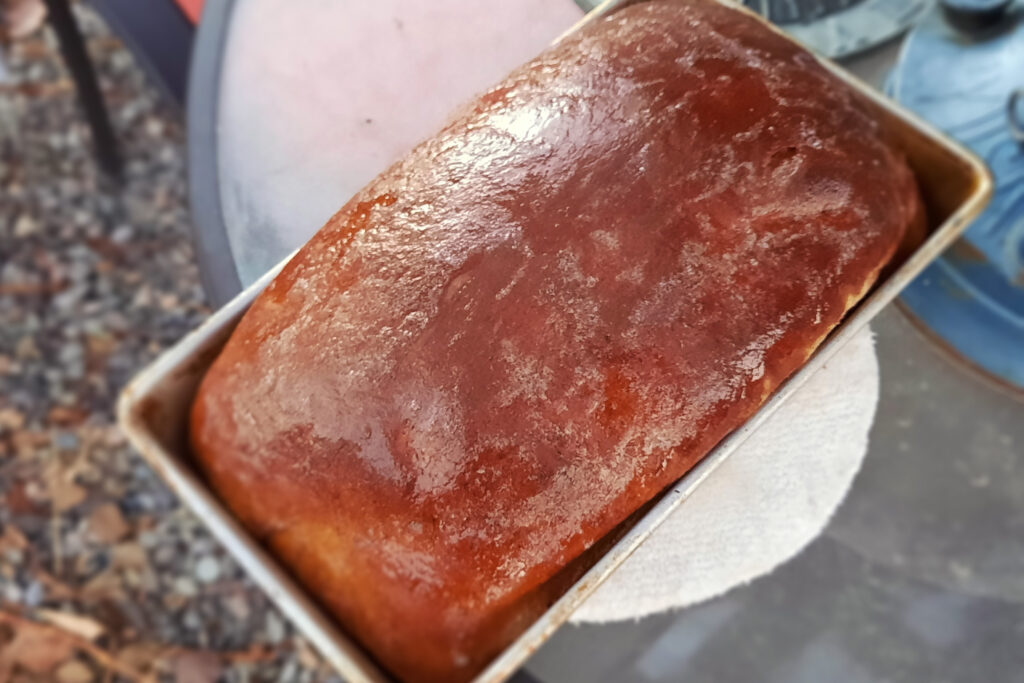
Swedish Rye Bread
Ingredients
For Yeast:
- 1 package (7 g) active dry yeast
- 1 tsp (4.2 g) white sugar
- 1/4 cup (60 g) warm water
Liquid Ingredients:
- 2 tbsp (43 g) unsulphured blackstrap molasses
- 1/2 cup (173 g) regular molasses
- 2 1/2 cups (592 g) water
- 1 tsp (6 g) salt
- 3 tbsp (38 g) white sugar
- 2 tbsp (24 g) shortening, such as Crisco
Dry Ingredients:
- 1 1/2 cups (153 g) rye flour
- 6-7 cups (720 - 840 g) all-purpose flour
- shortening, such as Crisco, to grease loaf pans
- butter, to finish
Instructions
- Choose a tall glass with sides that are as vertical as possible. In this glass, stir together the active dry yeast, sugar and warm water. Once sugar is dissolved, set aside until foamy and activated, 5-10 minutes.
- In a medium pot, bring all "Liquid Ingredients" to a light simmer, just until the shortening dissolves. Remove from heat, and let cool completely.
- In a large mixing bowl, combine yeast mixture, cooled Liquid Ingredients, and rye flour until just incorporated.
- With a wooden spoon or by hand, begin mixing in the all-purpose flour. You will need 6-7 cups, depending on factors such as local humidity. You will know you are done when the dough is no longer sticky and retains its shape.
- Lightly flour a flat surface. Knead dough for 10 or so minutes- you'll be tired! Your dough is done when it springs back after being punched.
- Grease a large bowl with shortening and place your dough in it to rise. Cover with a quilt or very heavy towel. Let rise in a warm area until doubled in size, about 2.5 - 3 hours. (Possibly longer if you live at high altitude like me!)
- Grease 3 loaf pans with shortening. Cut dough into 3 equal pieces and shape to fit in pans, making sure to knead when necessary to eliminate air pockets.
- Let rise, covered with the same quilt, until more than doubled in size. You want it rising above the loaf pans! This will take another 2-3 hours.
- Preheat oven to 375 degrees F (190 C). Bake loaves for 45 minutes.
- Immediately remove bread from loaf pans once they're done baking. Rub each side of each loaf with butter and let cool.
Currently Listening: il:lo – Sloh
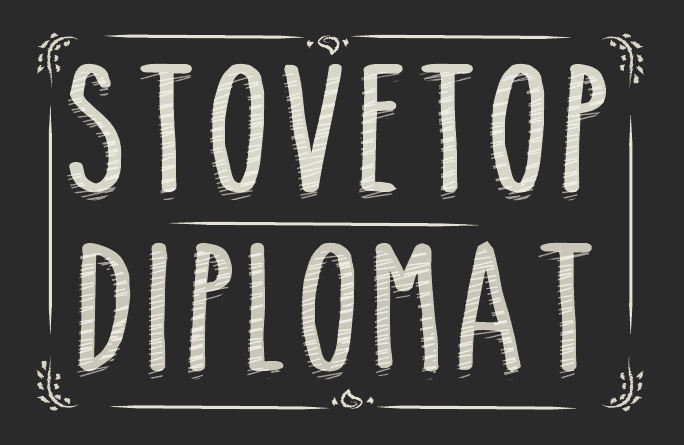
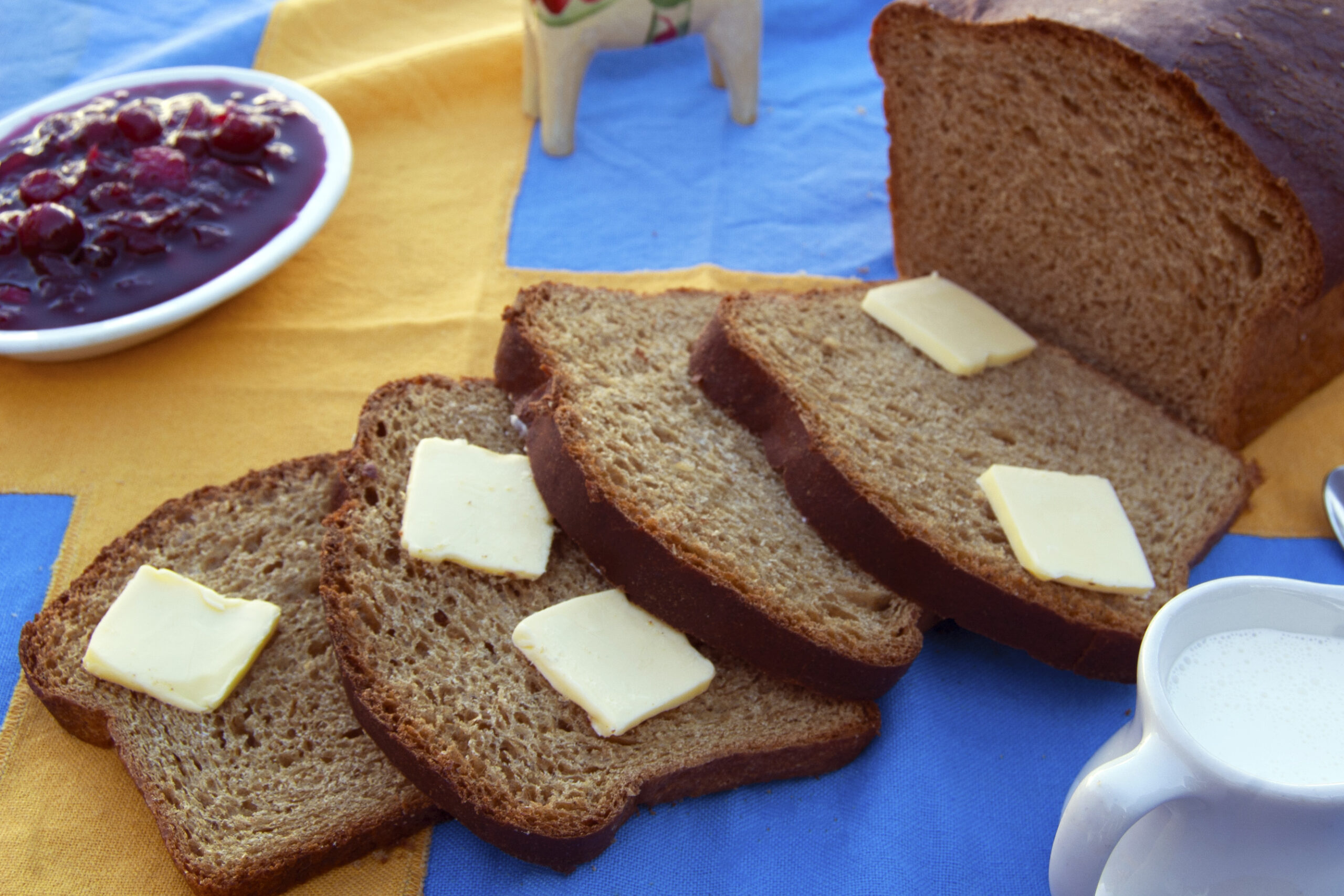
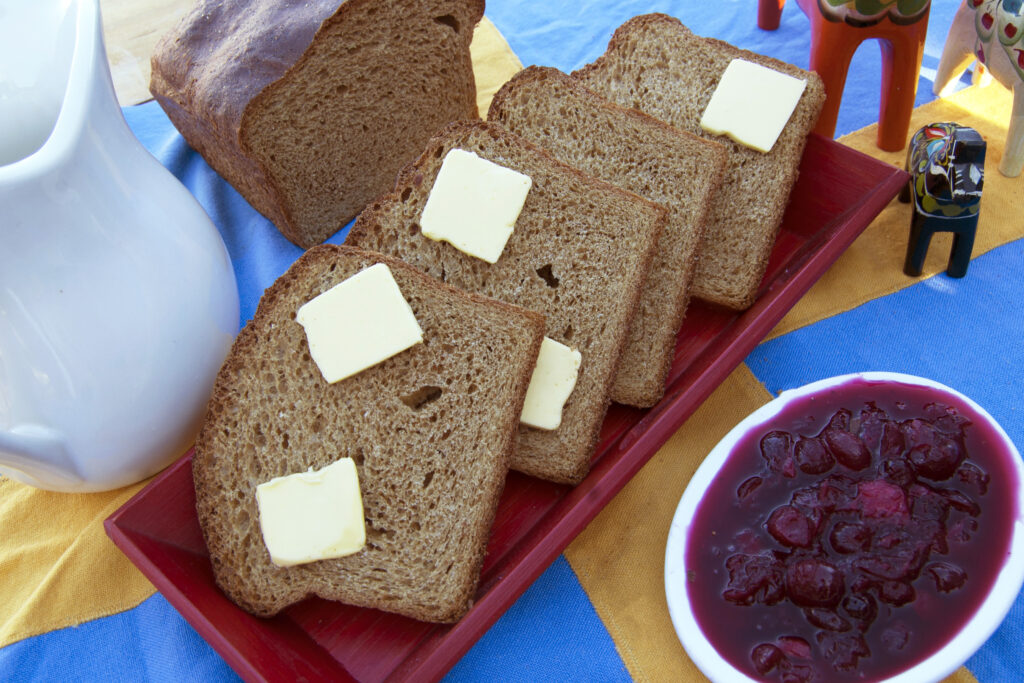
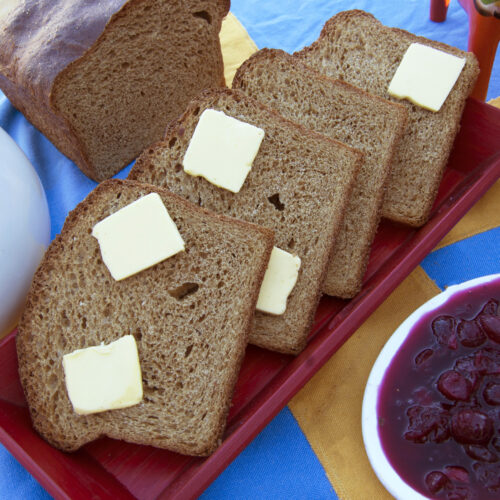
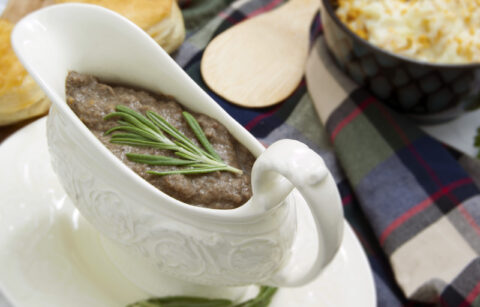
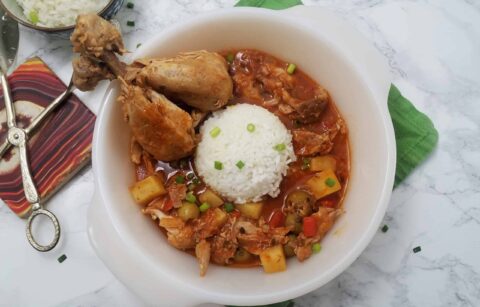
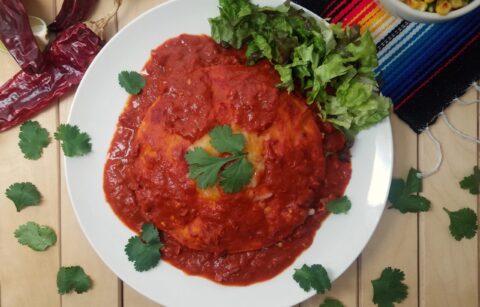
Pingback: Broccoli Cheddar Bread - The Stovetop Diplomat
Pingback: Swedish Corn Pudding - The Stovetop Diplomat
Pingback: Ultra Umami Mushroom Gravy - The Stovetop Diplomat